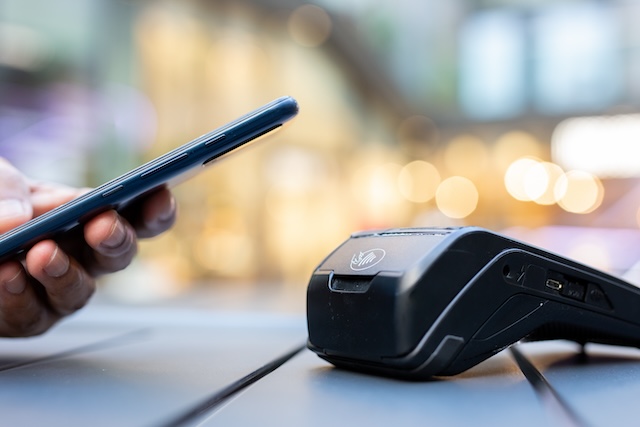The smart card is about to get a lot smarter. In coming years, as cards increasingly couple an individual’s personal records with micro-payment capabilities, they will become an indispensable aspect of modern commerce, further relegating cash to its place in history.
“In the next five years, peoples’ wallets are going electronic,” predicts Jeremy Acklam, e-solutions manager at consultancy Atos Origin. But that, he says, will raise some serious concern for IT managers in many sectors.
Acklam foresees a challenge for businesses which have a high customer-facing component. “If you are in the customer space, now is the time to think about it,” he suggests.
Today, though, there are essentially two types of smart card in widespread operation: contact and the contactless cards. The most common manifestation of the contact smart card is the bank card, which when inserted into a suitable reader asks for a PIN before allowing the user access to services.
The contactless smart card, on the other hand, doesn’t need to be in direct physical contact with a reader for the relevant data to be extracted. Within its (usually plastic) casing, there is a small yet robust aerial which communicates with the reader from within anything up to two feet, allowing the information on the card’s chip to be read. The most prevalent example in the UK currently is Transport for London’s Oyster card, used by over 5 million people.
The contactless card is sometimes confused with the RFID (radio frequency identification) tag, widely used to streamline supply chain processes. Such tags are effectively single-use contactless smart cards, making them closer to bar codes than smart cards, as the data cannot be reprogrammed.
To date, three industries have bought into smart cards in a big way, typically using them to control access to services: mobile phone companies, banking groups and transit authorities. This group is growing to include international forms of identification as passports and driving licences increasingly include smart cards.
The use of smart cards is most pertinent in business where there is a value in identifying the location of the customer or in establishing a relationship with them through specific data.
The key attraction for many businesses is the ability to place an extension of the organisation’s data network in the customer’s wallet; but that works most successfully when there is a perception of real value on the customer side too.










